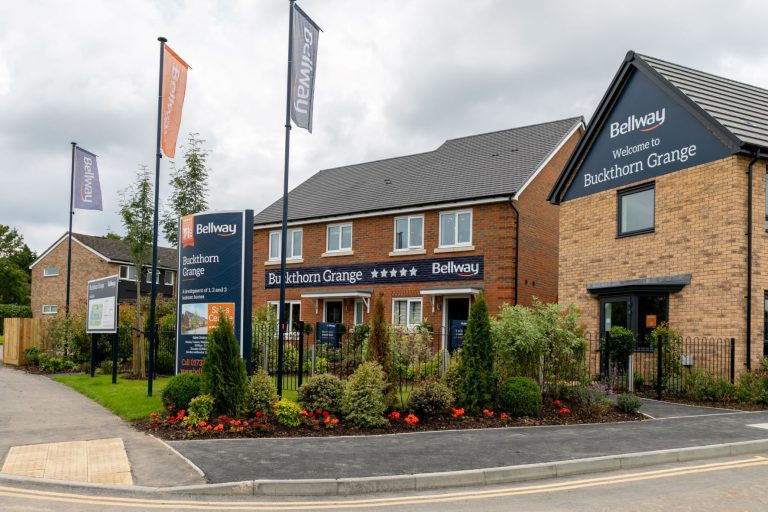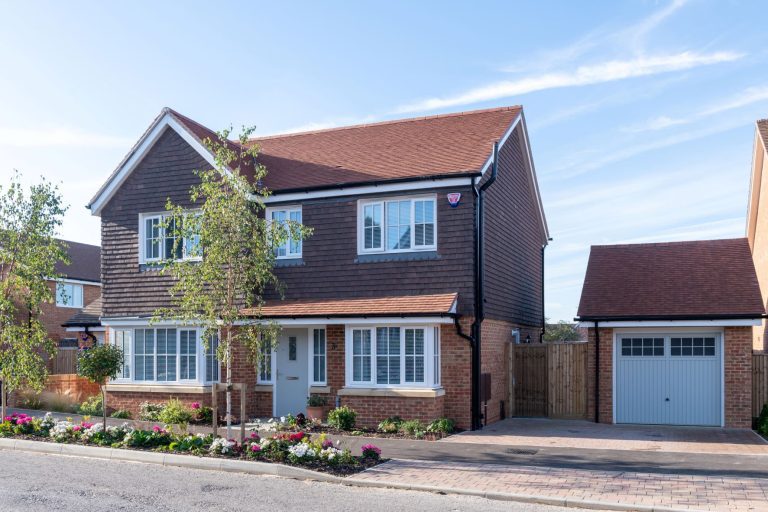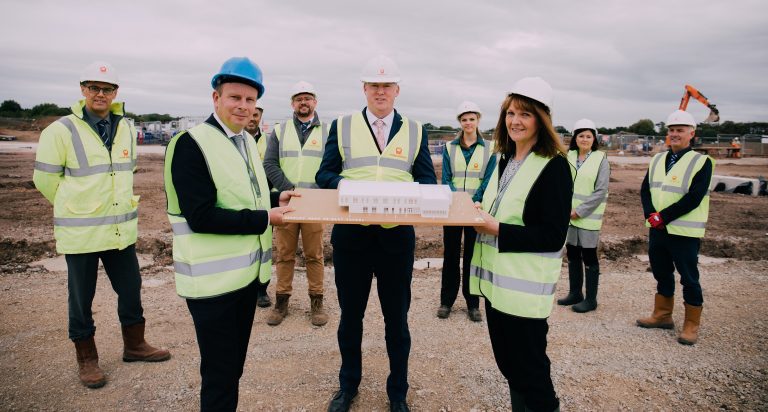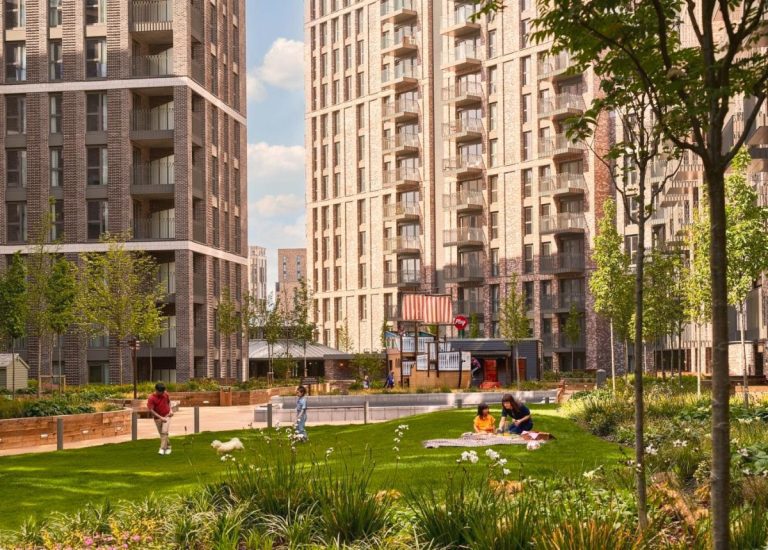A new study reveals that almost three quarters (74%) of UK consumers look at their home living differently now than they did 18 months ago, with technology and sustainability two of the areas that matter most to them. The research, commissioned by Samsung Electronics UK, explores the changing attitudes of Brits – from homeowners, renters and students – towards their homes and what they most want from their living spaces. The Samsung-led research surveyed 2,000 UK respondents on their opinions towards their properties, to understand how they’ve evolved during the pandemic, and their attitudes to the importance of key topics such as technology, sustainability, and wellbeing in their living spaces. Smart technology Very apparent from the research was an increasing desire for homes to be digitally connected – with smart technology becoming more and more prevalent to people’s needs. More than seven in every ten Brits (71%) consider having a digitally connected property important to them because it saves them both time and effort. This matches up to the two thirds of Brits (66%) who already have smart technology in their homes, for use primarily in entertainment systems (51%) and smart amenities such as energy meters, doorbells and security cameras. This number is likely to increase, with a whopping three quarters (75%) of people agreeing that smart home living technology is the future of property development. Sustainability Greener homes and environmental impact are now sitting near the very top of Brits’ property priorities – more than three quarters of those surveyed (77%) think that having a sustainable home should be a priority for everyone. Property developers and construction groups also need to be considerate of ‘green reputation’ too, with 73% of respondents now analysing a development’s sustainability credentials (company credentials, and the credentials of the property itself) to be important when considering where to live. Meanwhile, almost four in every five Brits (79%) now consider how green and environmentally friendly their property is – as well as impact on the local environment – as a priority. But technology can play a big role in helping residents be greener, with three quarters of the UK (75%) thinking smart tech is important when it comes to home sustainability through measuring usage, saving money and helping people change habits to live more sustainability. Home living priorities A clear finding from the survey indicates that the pandemic has impacted how the majority of people view our current living space – with a significant 74% of Brits suggesting that how they see their property now has changed as a result of the last 18 months. The big drivers behind this change for most people focused on three key areas: a desire for somewhere with outdoor space such as a garden, balcony or rooftop; the need for somewhere bigger; or wanting more natural light, a separate office space, or somewhere more flexible to their needs. At the same time, the last 18 months have had a big impact on long-term property visions for many. 64% of renters say their plans have changed as a result of the pandemic – they now are considering buying (23%), planning to buy a property sooner than planned (19%), and some are even considering renting for longer (22%). Meanwhile, 52% of homeowners suggested their longer-term property plans have also changed as a result – with wanting to sell their property and buy a new one (22%), buying another property to rent out (12%), or buying a second home for themselves (11%) the main changes. Students in accommodation have been similarly impacted, with over a fifth (22%) now realising their accommodation isn’t suitable for long-term living at all. “With the rise in remote and hybrid working, and a blending of the spaces where we work, live and play, it’s no surprise that how we look at our homes has changed significantly over the last 18 months. More time at home has shone a spotlight on how crucial technology is to our lives and gave us a chance to focus on how we can all be a bit greener too,” said Murtaza Bukhari, GM – Strategic Enterprise Partnerships Samsung Electronics UK and Europe. “Property developers, construction firms and designers all need to listen closely to demand and create spaces that are smarter, more energy efficient, powered by tech and influenced by residents’ priorities.” Samsung collaborates with partner organisations across the construction and private residential sectors to help shape the properties of the future. Together, with brands such as Etopia, Future Generation, Moda and Quintain, Samsung is creating smarter, more connected spaces that are powered by technology. Spaces that are inspired by those who live, work, play and invest in them.














